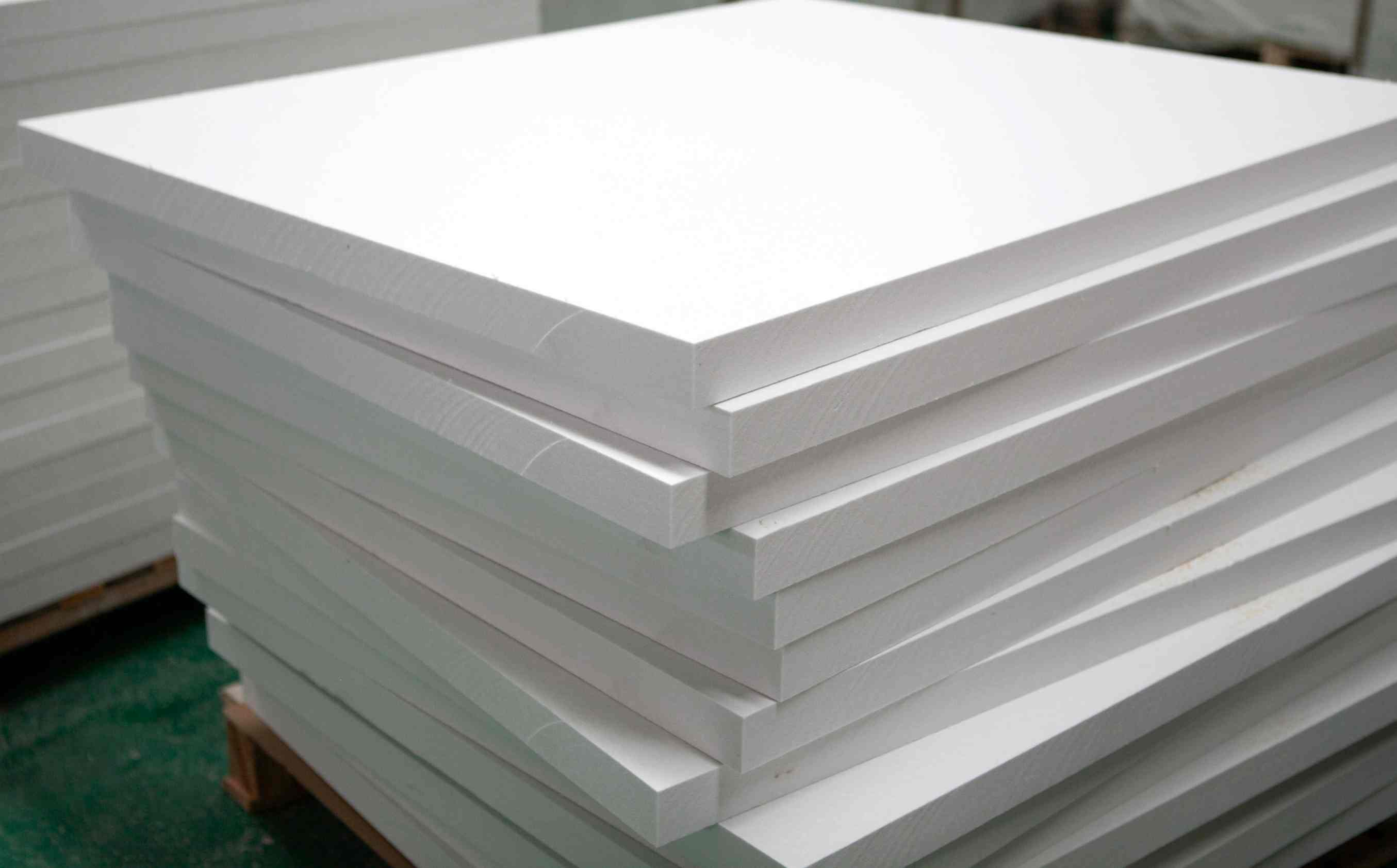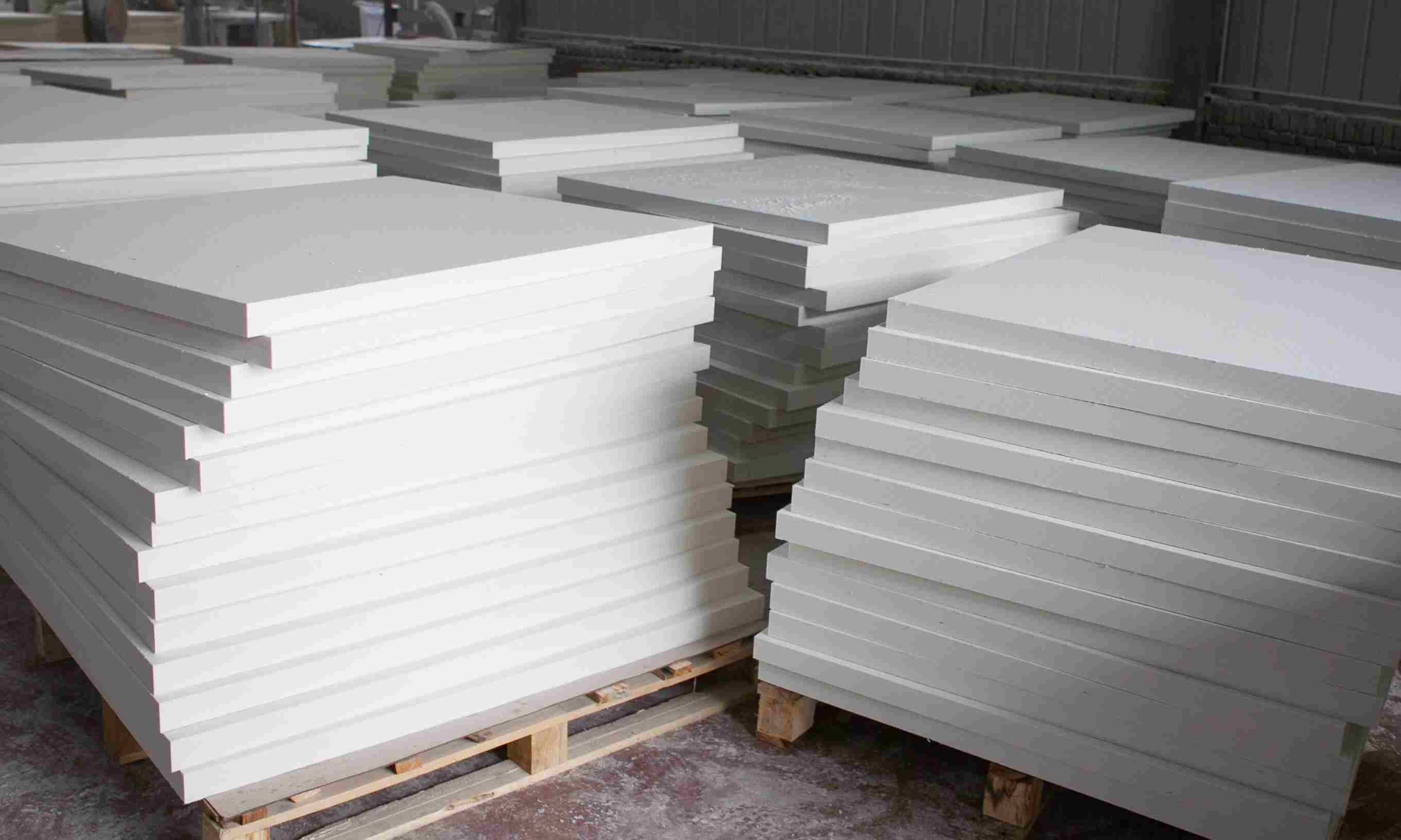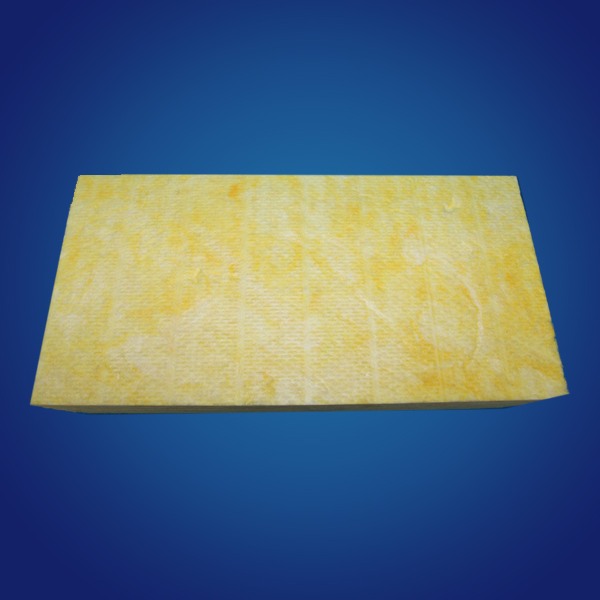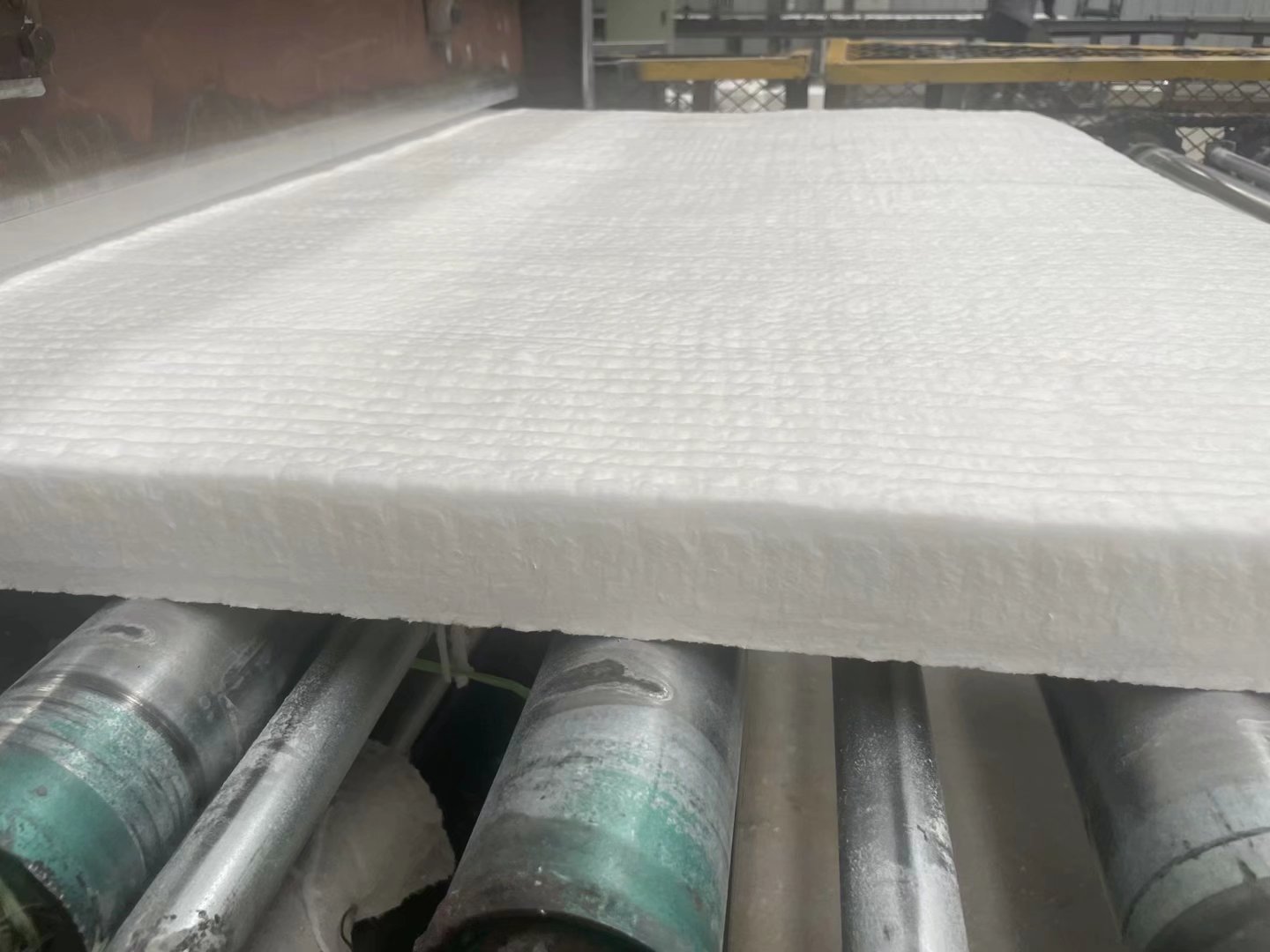Ceramic fiber insulation boards are widely used in high-temperature applications such as kilns, furnaces, and boilers. These boards offer excellent thermal insulation, fire resistance, and dimensional stability. But one common question is:
Does the ceramic fiber insulation board need to be painted?
The short answer is: usually no—but in some cases, yes. Let’s explore when and why you might paint it, what to consider, and the right way to do it.

Ceramic fiber boards are rigid, high-temperature insulation materials made from alumina-silica fibers. They are typically used in environments exceeding 1000°C (1832°F) and are known for:
Low thermal conductivity
Excellent fireproofing
Chemical resistance
Mechanical strength
They’re commonly installed in kilns, refractory linings, wood stoves, heat shields, and industrial furnaces.
By default, ceramic fiber boards are designed to perform without any surface treatment. They can withstand extreme temperatures, resist thermal shock, and provide long-term insulation as-is.
However, there are specific situations where painting or coating may be beneficial.
Some ceramic boards may release fine dust or loose fibers, especially during handling or vibration. Applying a surface hardener or high-temperature coating can seal the surface and prevent dust release.
Recommended product: Rigidizer or high-temp ceramic coating.
In high-wear areas or where mechanical damage is possible, a coating layer can enhance durability and surface hardness, making it more resistant to erosion or abrasion.
In some industrial or laboratory settings, painting the board white or silver (with a high-temperature reflective coating) can improve thermal radiation resistance or simply provide a cleaner look.
In environments where acidic gases or harsh chemicals are present, a protective coating can help extend the board’s lifespan by adding chemical resistance.
Never use ordinary paints on ceramic fiber boards. These materials will burn off or emit harmful fumes at high temperatures.
Instead, use:
Inorganic high-temperature coatings
Refractory rigidizers
Alumina-silicate based sealers
Zircon or mullite coatings for extra protection
Do not use latex, acrylic, or oil-based paints.
Avoid low-temperature sealants or adhesives.
Never paint over a moist or unclean surface — it can cause cracking or peeling.

Clean the surface of any dust, debris, or loose fibers.
Mix the coating thoroughly, following manufacturer instructions.
Apply using a brush, roller, or sprayer.
Allow the coating to dry at room temperature.
For some coatings, fire cure the board slowly up to its service temperature.
Kiln hot face linings
Refractory back-up insulation
Industrial fireproof enclosures
Heat shield panels in combustion chambers
| Situation | Should You Paint? | Suggested Action |
|---|---|---|
| Standard high-temp insulation | No | Use as-is |
| Dust reduction or sealing | Yes | Apply rigidizer |
| Chemical exposure | Yes | Use resistant coating |
| Reflective heat barrier | Optional | Use high-temp paint |
| Aesthetic finish | Optional | Use proper coating |
So, you don’t always need to paint ceramic fiber insulation boards, but in specific use cases, applying the right coating can enhance performance, safety, and durability.


